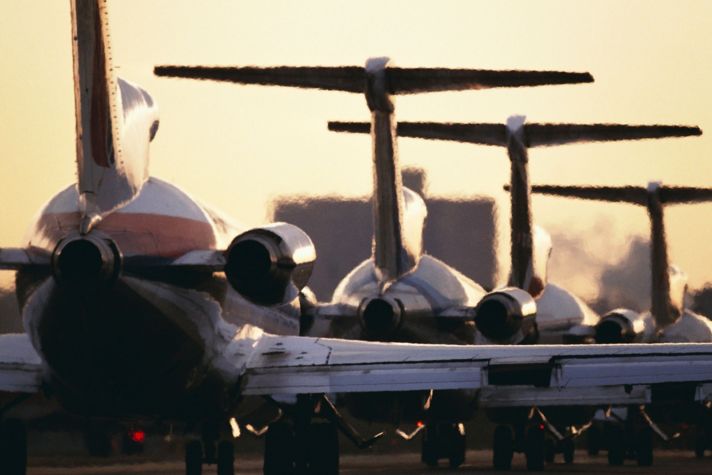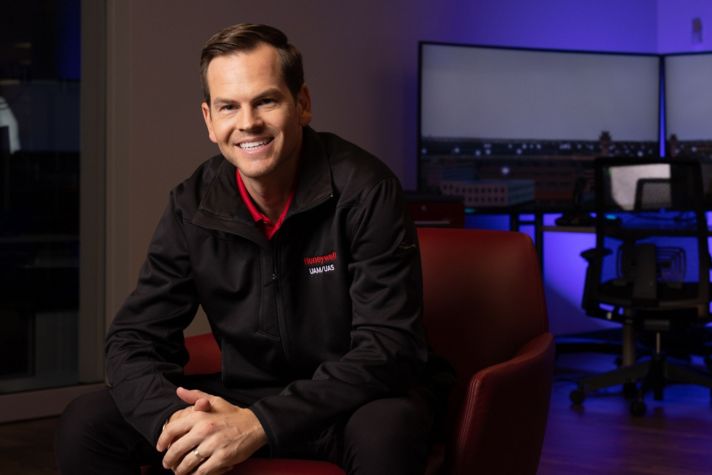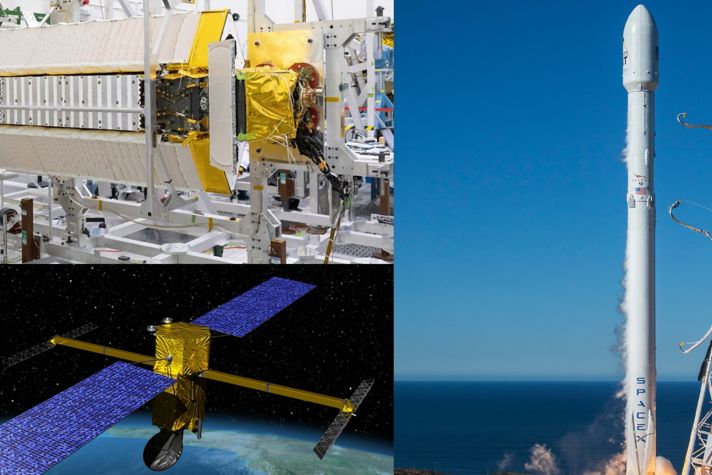-
 Global
Global-
Africa
-
Asia Pacific
-
Europe
-
Latin America
-
Middle East
-
North America
- |
- BUSINESSES
- |
- Contact
- |
-
 Global
Global-
Africa
-
Asia Pacific
-
Europe
-
Latin America
-
Middle East
-
North America
- |
- BUSINESSES
- |
- Contact
- |
You are browsing the product catalog for
- News
- The Future of Flying with United Airlines
The Future of Flying with United Airlines
How the global carrier pivoted during the pandemic to help travelers reach their destination safely
The coronavirus pandemic grinded air travel to a halt in the spring when countries closed their borders to stop the spread of COVID-19.
As a result, United Airlines innovated to keep passengers safe.
That required changes in processes from pre-departure, when travelers are at home engaging on the United App or website, all the way through the journey through the airport, onboarding the plane and arriving at destinations, said Jon Roitman, chief operating officer of United Airlines.
Here’s a look at those changes:
New Safety Measures
United Airlines became the first airline to implement a requirement that passengers must wear masks on board back in May.
Recently it became the first to implement pre-departure COVID testing. That program is first being used for flights from San Francisco to Hawaii.
“Passengers need to feel safe and they need to feel comfortable getting back on an airplane and it's a door to door experience,” said Mike Madsen, President and CEO of Honeywell Aerospace.
“The air on the aircraft is actually quite clean,” Mike said, adding that air is turned over frequently.
Safety measures also include looking at airports’ buildings management systems and implementing other technology such as temperature screening, and air quality monitoring and management. “People need to feel comfortable that it's that it's safe,” Mike said.
Added Efficiencies
The pandemic has had a material effect on airlines’ ability to operate more cost effectively, Mike said.
The industry is projected to lose $84 billion this year, according to the International Air Transport Association. United Airlines furloughed almost 13,000 employees in October when federal aid expired.
To help make flights more cost effective, airlines can rely on data.
For example, United anticipates leveraging data for predictive maintenance so it can resolve maintenance issues before they become more costly defects, Jon said.
Technology will help find even more efficiencies, Mike said, pointing to electric aircraft resulting in a lower carbon footprint, lower emissions and better fuel economy. “Those are all things that we're putting big money into because the world is going to come back and get on airplanes and when they do we want those airplanes to be even better than the ones they're operating today,” Mike said.
Customer Service First
Even before the pandemic, United has worked hard to build strong relationships with customers and its employees. For example, they changed their strategy and policies on missed connections.
In the past, when passengers arrived at a gate a few minutes late, they could not board the plane under any circumstances. But United reviewed customers’ input and frustrations. As a result, they built an algorithm to make it easy for customer service representatives to know exactly how long they can hold a flight for late connecting customers without hurting uptime.
“And that's how we're looking at everything,” Jon said. “We're listening carefully and putting the customer at the center of everything we're doing and also creating a better work experience for employees,” Jon said.
Watch the full Honeywell Tech Forum talk: Jon Roitman in conversation with Mike Madsen.
Copyright © 2024 Honeywell International Inc.




